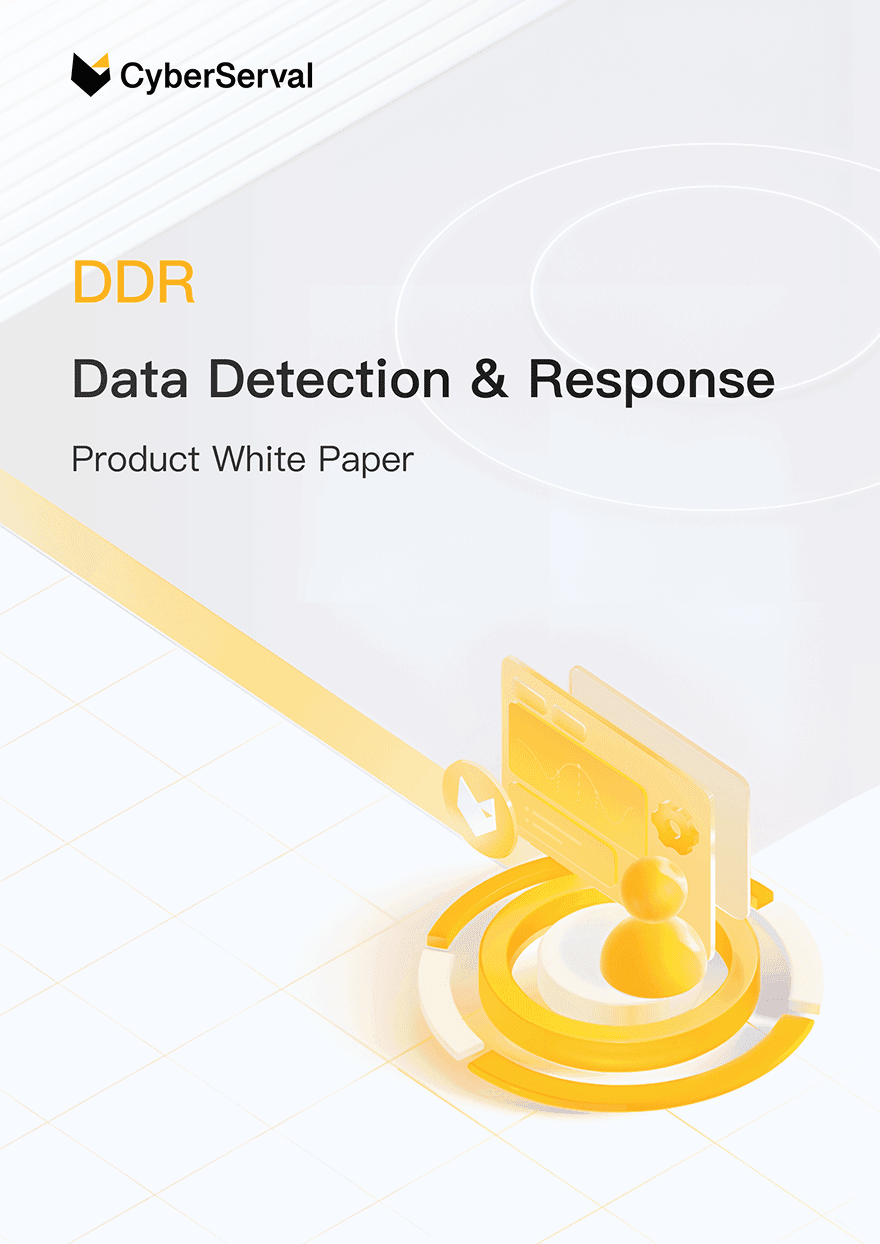 AI-Powered Productivity vs. Data Security Risks
AI-Powered Productivity vs. Data Security Risks Real-World Data Breaches Highlight AI Security Risks
Real-World Data Breaches Highlight AI Security Risks How Employees Use AI & The Associated Security Risks
How Employees Use AI & The Associated Security Risks AI Data Security: Intelligent Classification & Web Browser Protection
AI Data Security: Intelligent Classification & Web Browser Protection Clipboard Security: Preventing Copy-Paste & AI Data Extraction
Clipboard Security: Preventing Copy-Paste & AI Data Extraction AI Compliance & Data Flow Tracking: Enterprise AI Audit & Governance
AI Compliance & Data Flow Tracking: Enterprise AI Audit & Governance AI Data Security: The Road Ahead
AI Data Security: The Road Ahead

Safeguarding Data in the AI Era: How to Leverage DeepSeek and ChatGPT Efficiently Without Leaking Sensitive Information
AI-Powered Productivity vs. Data Security Risks
As large language model (LLM) technology continues to evolve, an increasing number of enterprises are integrating AI applications like DeepSeek and ChatGPT to enhance efficiency. For the purposes of this discussion, we will use "DeepSeek" as a general reference for such AI applications, as they offer similar functionalities.
However, while these AI tools boost productivity, they also introduce significant data security risks. Employees may inadvertently expose sensitive internal data while interacting with AI-powered tools, raising concerns about data privacy, regulatory compliance, and corporate security.
Real-World Data Breaches Highlight AI Security Risks
Major corporations have already suffered AI-related data leaks. For example, Samsung experienced a critical breach when employees uploaded confidential source code into DeepSeek for debugging. Others unknowingly shared sensitive meeting content to generate AI-generated transcripts.
To mitigate such risks, global enterprises—including JPMorgan Chase, Deutsche Bank, Accenture, Fujitsu, SoftBank, Goldman Sachs, and Citi—have explicitly banned the use of DeepSeek due to concerns about intellectual property leaks, regulatory compliance, and AI security vulnerabilities.
As AI adoption accelerates, enterprises must now ask:
✔️ How can businesses maximize AI-driven efficiency while safeguarding sensitive information?
✔️ How can companies ensure AI compliance without restricting innovation?
For more discussion, Learn More with DDR Whitpaper, or subscribe CyberServal weekly data security insights.
How Employees Use AI & The Associated Security Risks
From CyberServal’s security research, employees primarily use AI tools in two ways:
1️⃣ Accessing ChatGPT or DeepSeek via web browsers
2️⃣ Using AI-integrated chatbots in IM platforms
To address these growing AI security challenges, CyberServal data security company has introduced DDR, an enterprise-grade AI DLP security solution that combines:
✅ Intelligent data classification
✅ Precision interception
✅ Flexible policy enforcement
This framework protects enterprise data, ensures compliance, and enables secure AI governance while allowing businesses to leverage AI safely.
AI Data Security: Intelligent Classification & Web Browser Protection
With DDR’s intelligent data classification system, businesses can categorize and protect sensitive data before it is shared with AI tools.
For example:
🔹 For L1 (low-risk) public data – Employees can freely upload non-sensitive files to optimize AI-assisted productivity.
🔹 For L5 (highly confidential) data – Classified files, including financial documents, government reports, and proprietary designs, can be automatically blocked or securely routed for inspection to prevent data leaks.
- Flexible and Configurable Response Policies
Based on enterprise security standards, DDR next-gen enterprise DLP provides multiple security enforcement options, including but not limited to:
✔️ Blocking access – Prevent employees from uploading confidential data to ChatGPT, DeepSeek, or other AI tools.
✔️ Approval-based access – Allow AI interactions only after security team review and approval.
✔️ Real-time alerts and warnings – Display pop-up notifications when sensitive data is detected, reminding employees and preventing data leaks before they happen.
These adaptive security policies help businesses detect, alert, and prevent AI-related data leaks in real time, ensuring data security remains intact without disrupting productivity.
- Comprehensive AI Data Protection for All File Types
DDR supports multi-format security enforcement across Word, PDF, images, and other document types, ensuring sensitive data remains protected, regardless of file format or transfer method.
Clipboard Security: Preventing Copy-Paste & AI Data Extraction
Even if employees don’t upload files, what if they copy and paste confidential data from an L5 document into DeepSeek or ChatGPT?
DDR prevents clipboard-based data leaks by:
🔍 Monitoring AI interactions, screenshots, and text copy-paste behavior
🚫 Detecting and blocking unauthorized data transfers into AI tools
For example:
❌ If an employee copies confidential financial data from an internal document and attempts to paste it into DeepSeek, DDR immediately detects and blocks the action, ensuring no unauthorized AI data sharing occurs.
With real-time clipboard monitoring, DDR safeguards businesses against both accidental and malicious AI data leaks.
AI Compliance & Data Flow Tracking: Enterprise AI Audit & Governance
Enterprise AI governance requires full visibility into AI interactions. DDR provides a 360-degree data tracking system to monitor and audit AI-driven data flow in real time.
A security team using DDR can instantly answer:
📌 Which employee attempted to upload confidential data to DeepSeek?
📌 Did the upload contain classified corporate information?
📌 Was the AI interaction compliant with security policies?
By visualizing AI data flow, businesses can proactively prevent AI compliance violations before they escalate into major security incidents.
AI Data Security: The Road Ahead
🔹 How can businesses maximize AI efficiency while safeguarding sensitive corporate data?
🔹 How can enterprises balance AI innovation with security compliance?
🔹 How do organizations develop AI governance frameworks to protect intellectual property?
The AI-driven digital landscape presents new security risks, and companies must act now to strengthen AI security strategies.
📢 How is your company addressing AI security risks? What are your biggest concerns about ChatGPT and DeepSeek?
💬 Join the conversation! Let’s discuss best practices for AI-era data security & compliance. 🚀🔒